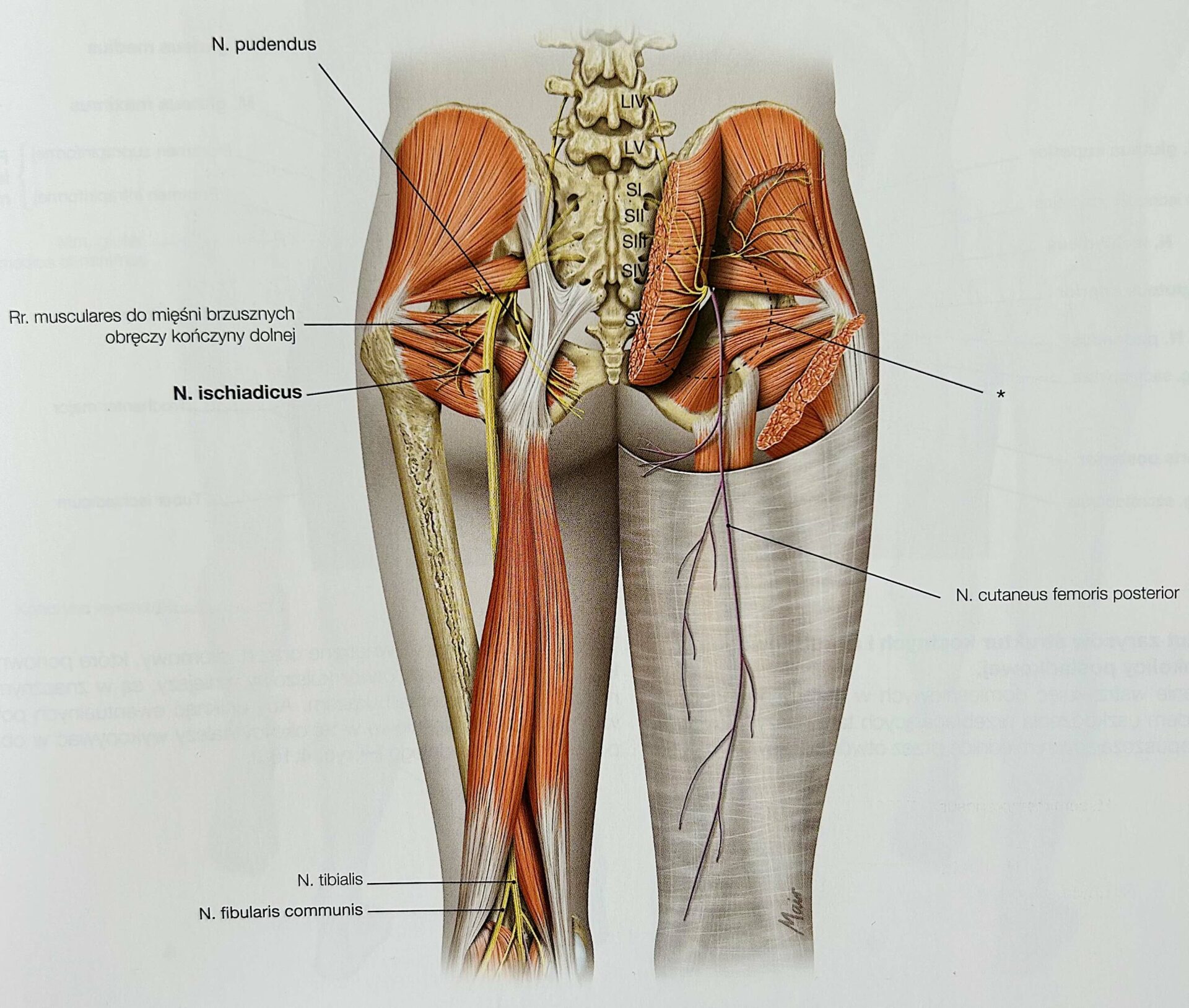
Sciatica
Sciatica is a very common disorder that derives from inflammation of the sciatic nerve.
The sciatic (or ischial) nerve is formed by fibres from the sacral plexus and innervates the back of the lower limb.
Symptoms, in addition to back pain, range from numbness or tingling in the foot, weakness in the affected leg, to constant pain in various areas of the back of the leg.
What can trigger an acute sciatica?
- Nerve root compression caused by degenerative pathologies such as hernia or disc protrusions, arthrosis, or direct trauma to the spine. The inflammation caused by a herniated disc is the cause of sciatica in most cases.
- Nerve incarceration. When the nerve becomes “trapped” in a muscle or bone structure. Typically there is an entrapment in the piriformis muscle, in the event of spasm of this muscle.
- Stenosis of the canal or lumbar stenosis, or the narrowing of the canal where the spinal cord runs due to a degenerative process affecting a vertebral disc, which then extends to the rest of the adjacent structures.
- Nervous system disorders from more complex pathologies; in this case osteopathy is not the primary treatment.


Osteopathic treatment
The osteopath must first of all understand the underlying cause of the symptom through an accurate anamnesis and the examination of the patient.
If the cause is neurological, the osteopath must precisely identify the origin of the disorder: in the case of a herniated disc, for example, it will be necessary to understand what led to the disc injury. The osteopathic treatment of sciatica is extremely variable from case to case and is often aimed at structures located at a distance from where the symptom is located.
The osteopath also evaluates the risk factors for this condition, such as overweight/obesity, maintained positions (heavy manual work), lack of physical activity, etc., to establish a therapeutic plan also concerning the patient’s lifestyle habits and aimed at removing the underlying causes of the disorder.


